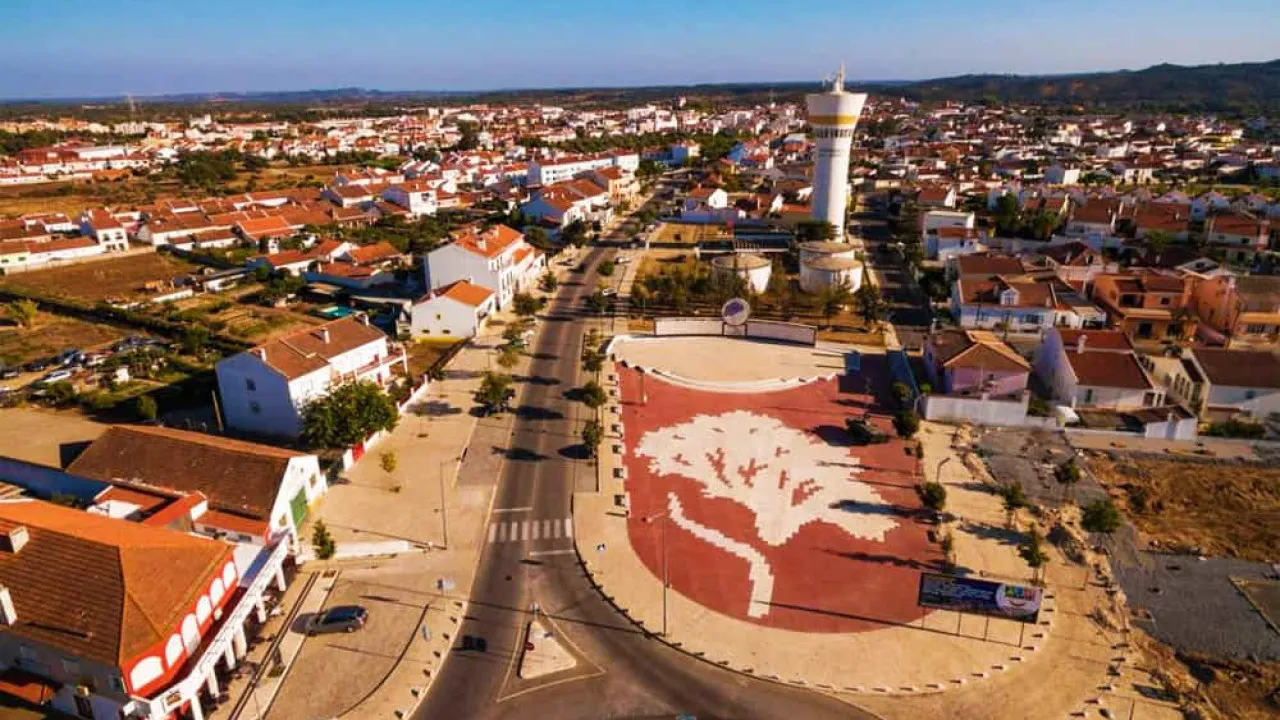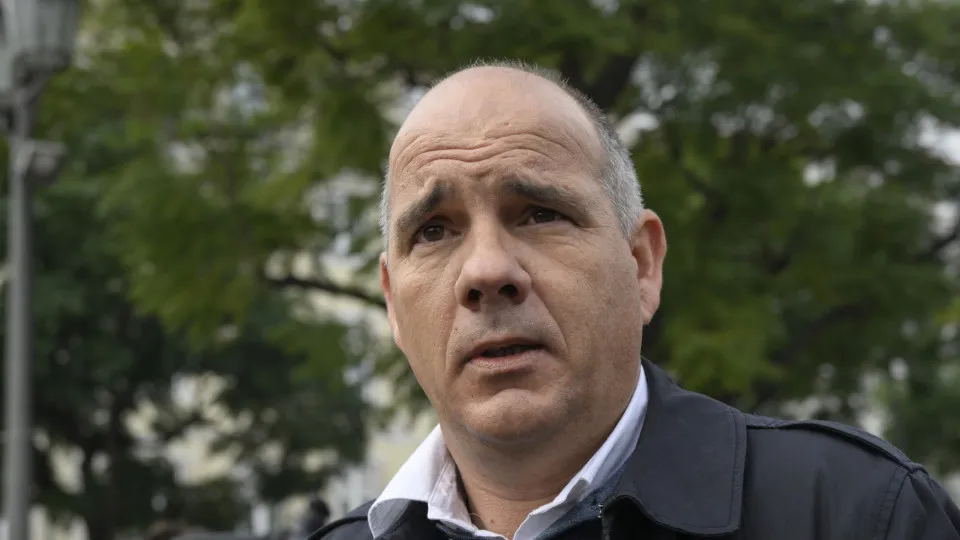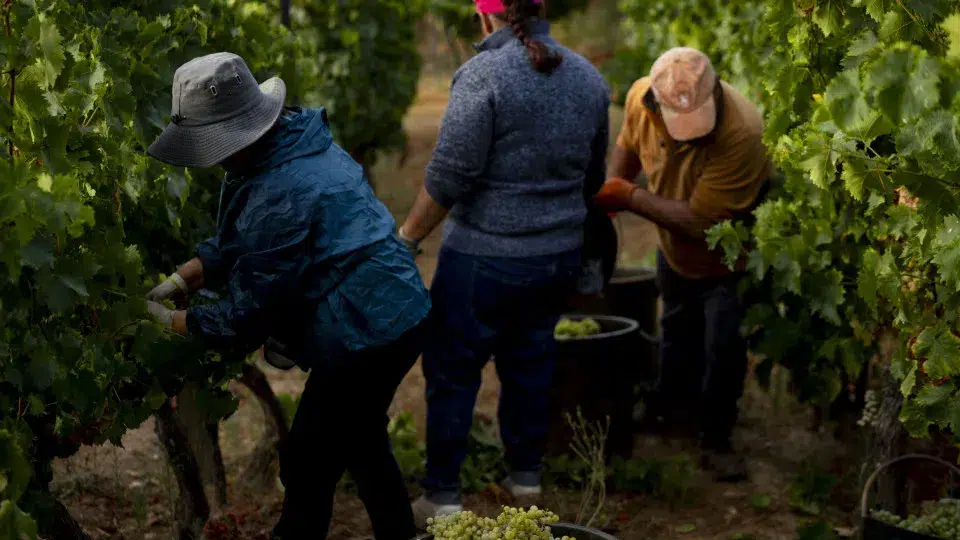
The Associations of Farmers of Grândola, Forest Producers of Vale do Sado (ANSUB), Farmers of Alcácer do Sal, and Grandolacoop announced they have sent a letter to the Minister of Internal Administration, Maria Lúcia Amaral.
In the letter, the leading associations representing farmers and forest producers in the region expressed their “deep concern regarding the lack of an aerial resource assigned to the Grândola Air Resource Center (CMA)” in the district of Setúbal.
The associations demanded the reinstatement of the helicopter as phase Delta of the forest fire combat, which began on July 1 and extends until mid-September, is underway.
This is a “high-risk period for fires” where “the presence of aerial firefighting resources is considered essential to guarantee a rapid and effective response” that protects “people, property, and forest ecosystems,” they emphasized.
Placement of the helicopter at the Grândola CMA was scheduled for June 1, as part of the 2025 Special Device for Combating Rural Fires (DECIR).
In statements, the president of the Grândola Farmers’ Association, Luís Rodrigues Dias, highlighted that the helicopter “is a crucial resource” for an area that includes the Grândola and Cercal mountains, in the neighboring council of Santiago do Cacém, alongside sandy areas near the Alentejo coast.
These areas “share difficult access by land, and the aerial resource has always proven crucial in fighting fires,” in previous years, he pointed out.
“One reason for our having so little area burned in recent years is undoubtedly the effectiveness of the aerial resource, so its absence causes us enormous concern,” he stressed.
In the letter sent, the associations urged an urgent review of this situation, appealing for “the reinstatement of an aerial resource at the Grândola CMA to strengthen the territory’s response capacity and safety during the fire season.”
The entities representing hundreds of farmers and producers from the Alentejo coast noted that “for the first time in the past 15 years, the Grândola CMA is devoid of any aerial resource.”
“Since 2010, uninterrupted, this aerial resource has been a substantial asset, allowing rapid and decisive intervention in areas with difficult, delayed, or even impossible land access, covering about half a million hectares,” they noted.
According to Luís Rodrigues Dias, despite the absence of the aerial resource in Grândola, preventive intervention measures “are practiced annually” by professionals, and “reinforced during periods of very high temperatures.”
Nevertheless, “it is impossible to control everything, and fires can occur,” admitted the official.
“Experience has repeatedly shown that the effectiveness of an aerial resource is very significant, as the one we usually have is airborne within three to four minutes and quickly arrives to conduct a very effective initial attack,” he defended.




